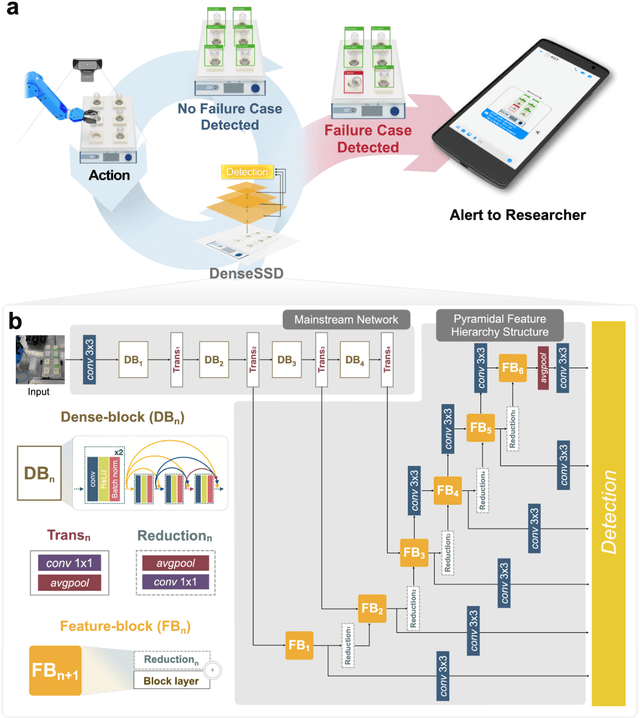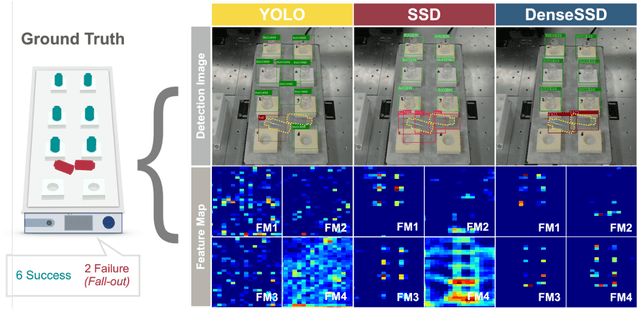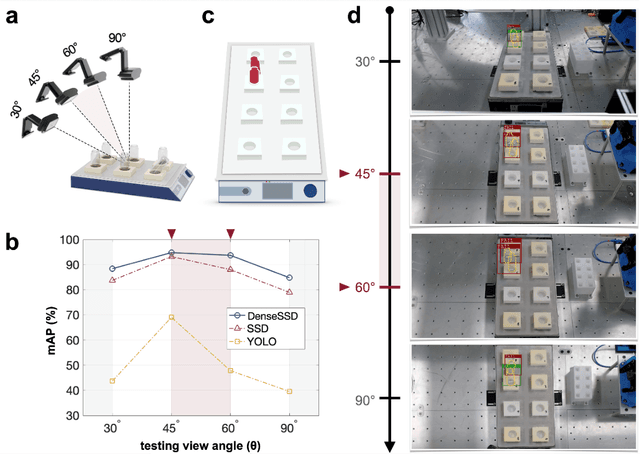Hyuk Jun Yoo
Bespoke Nanoparticle Synthesis and Chemical Knowledge Discovery Via Autonomous Experimentations
Sep 01, 2023Abstract:The optimization of nanomaterial synthesis using numerous synthetic variables is considered to be extremely laborious task because the conventional combinatorial explorations are prohibitively expensive. In this work, we report an autonomous experimentation platform developed for the bespoke design of nanoparticles (NPs) with targeted optical properties. This platform operates in a closed-loop manner between a batch synthesis module of NPs and a UV- Vis spectroscopy module, based on the feedback of the AI optimization modeling. With silver (Ag) NPs as a representative example, we demonstrate that the Bayesian optimizer implemented with the early stopping criterion can efficiently produce Ag NPs precisely possessing the desired absorption spectra within only 200 iterations (when optimizing among five synthetic reagents). In addition to the outstanding material developmental efficiency, the analysis of synthetic variables further reveals a novel chemistry involving the effects of citrate in Ag NP synthesis. The amount of citrate is a key to controlling the competitions between spherical and plate-shaped NPs and, as a result, affects the shapes of the absorption spectra as well. Our study highlights both capabilities of the platform to enhance search efficiencies and to provide a novel chemical knowledge by analyzing datasets accumulated from the autonomous experimentations.
Machine vision for vial positioning detection toward the safe automation of material synthesis
Jun 15, 2022



Abstract:Although robot-based automation in chemistry laboratories can accelerate the material development process, surveillance-free environments may lead to dangerous accidents primarily due to machine control errors. Object detection techniques can play vital roles in addressing these safety issues; however, state-of-the-art detectors, including single-shot detector (SSD) models, suffer from insufficient accuracy in environments involving complex and noisy scenes. With the aim of improving safety in a surveillance-free laboratory, we report a novel deep learning (DL)-based object detector, namely, DenseSSD. For the foremost and frequent problem of detecting vial positions, DenseSSD achieved a mean average precision (mAP) over 95% based on a complex dataset involving both empty and solution-filled vials, greatly exceeding those of conventional detectors; such high precision is critical to minimizing failure-induced accidents. Additionally, DenseSSD was observed to be highly insensitive to the environmental changes, maintaining its high precision under the variations of solution colors or testing view angles. The robustness of DenseSSD would allow the utilized equipment settings to be more flexible. This work demonstrates that DenseSSD is useful for enhancing safety in an automated material synthesis environment, and it can be extended to various applications where high detection accuracy and speed are both needed.
 Add to Chrome
Add to Chrome Add to Firefox
Add to Firefox Add to Edge
Add to Edge